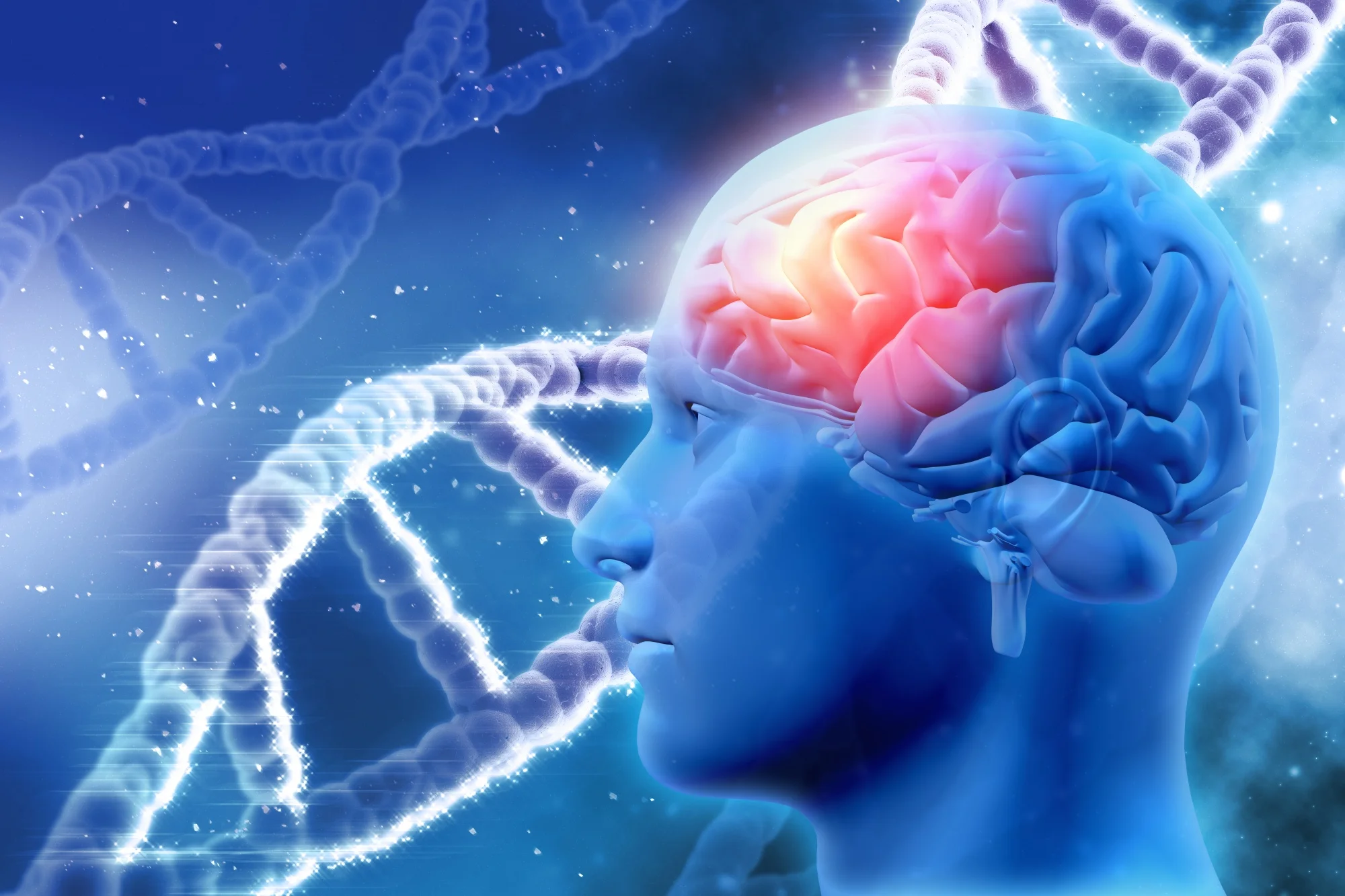Immune system cells, known as macrophages, have long been recognized for their critical function in defending the body against infections and in the clearance of harmful debris. But their contribution extends far beyond these roles, particularly in the brain, where specialized macrophages – known as microglia – have become a significant focal point for neuroscience research. A recently highlighted study in ‘Nature Neuroscience,’ drawn from the insights of Utz Sebastian G and Greter Melanie from the Institute of Experimental Immunology at the University of Zurich, sheds light on the multifaceted functions of these cells in maintaining brain health and their potential implications for various neurological diseases.
Recent advances in neuroscience have drastically shifted our perspective on the immune system’s role in brain function and disease. Seminal work, such as that by Utz Sebastian G and Greter Melanie, underlines the importance of immune cells, notably macrophages, in the central nervous system (CNS). The study titled “Checking macrophages at the border,” published in ‘Nature Neuroscience’ with its DOI 10.1038/s41593-019-0411-6, discusses this critical checkpoint keeping the CNS in check.
Macrophages as Border Guards of the Brain
The brain is an organ with high demands on protection; thus, it is shielded by the blood-brain barrier (BBB), a selective barrier that prevents most pathogens and immune cells from entering. Within this protected environment, macrophages in the brain, known as microglia, act as the first and main form of active immune defense. These cells are akin to border guards, ever vigilant and ready to respond to damage or invaders.
The Realization of Macrophages’ Diversity
Traditional views of macrophages suggested these cells were all quite similar, irrespective of their location in the body. However, modern science, including a study cited in the aforementioned ‘Nature Neuroscience’ article (DOI: 10.1038/s41593-019-0393-4), has begun to unravel this misconception. Researchers have discovered that macrophages are incredibly diverse and highly specialized depending on their environment, as exemplified by microglia in the CNS.
These findings substantiate reports from pioneering studies such as Goldmann et al. (DOI: 10.1038/ni.3423) and Mrdjen et al., who unveiled the diverse origins and characteristics of macrophage populations across tissues. This recognition of heterogeneity has significant implications for understanding how the immune system functions in distinct physiological contexts.
The Double-Edged Sword: Protective and Potentially Harmful
The protective role of macrophages in the brain is undeniable, as they clear dead cells and support the remodeling of neural circuits. Yet, when dysregulated, these same cells can contribute to neurological disorders. In models of diseases such as multiple sclerosis, macrophages can become overactive, causing inflammation and damage to neural tissue.
This duality is a central theme explored in ‘Nature Neuroscience’ and is corroborated by research presented by Colonna and Butovsky (DOI: 10.1146/annurev-immunol-051116-052358) and Butovsky et al. (DOI: 10.1038/nn.3599) who detail how macrophages can shift from a neuroprotective to a neurotoxic role, highlighting the complexity of immune regulation in the CNS.
Implications for Neurological Diseases
The implications of the latest research are broad and profound. Conditions such as Alzheimer’s disease, Parkinson’s disease, and amyotrophic lateral sclerosis (ALS) — all neurodegenerative conditions — could be influenced by the activities of macrophages. As researchers gain more understanding of how these cells behave and regulate brain homeostasis, there emerges a potential to develop new therapeutic strategies that target these immune cells to treat neurological disorders.
One particularly promising avenue of research investigates how manipulating macrophages’ inflammatory responses could mitigate disease symptoms or progression. This has been a focal point in studies, like that of Jordao et al. (DOI: 10.1126/science.aat7554), which propose altering macrophage activity as a viable therapeutic strategy for neurodegeneration.
Challenges in Targeting Macrophages
While the therapeutic targeting of macrophages holds great promise, it is not without its challenges. The heterogeneity of macrophage populations means that treatments must be incredibly specific to avoid unintended consequences. Researchers must dissect the nuanced functions of these cells in health and disease to develop effective interventions.
Technological advancements in imaging and genetics have facilitated more detailed examinations of macrophages in situ, as shown in studies by Mundt et al. (DOI: 10.1126/sciimmunol.aau8380) and Hammond et al. (DOI: 10.1016/j.immuni.2018.11.004). Such innovations are helping to clarify the roles of macrophages in the intricate neural environment.
The Future of Macrophage Research
The research presented serves as a stepping stone for future studies aiming to untangle the complex interplay between the immune system and the brain. As scientists continue to chart this unexplored terrain, new insights will likely translate into medical breakthroughs that could profoundly impact how we treat a myriad of CNS diseases.
Sebastian G and Greter’s work brings into focus the critical checkpoints maintained by macrophages at the borders of our brain, highlighting an essential defense mechanism fundamental to our neurological well-being. As research advances, the hope is that by understanding and ultimately manipulating these cellular gatekeepers, we may unlock new possibilities in treating and preventing neurological conditions.
Keywords
1. Macrophages in neuroscience
2. Brain immune cells
3. Neurological disorder treatment
4. Microglia function
5. CNS macrophages research
References
1. Colonna, M. & Butovsky, O. (2017). “Microglia Function in the Central Nervous System During Health and Neurodegeneration.” Annual Review of Immunology, 35, 441–468. https://doi.org/10.1146/annurev-immunol-051116-052358.
2. Jordao, M. J. C. et al. (2019). “The Neuro-Immunology of Brain Function and Neurological Disorders.” Science, 363(6428), eaat7554. https://doi.org/10.1126/science.aat7554.
3. Mrdjen, D. et al. (2018). “High-Dimensional Single-Cell Mapping of Central Nervous System Immune Cells Reveals Distinct Myeloid Subsets.” Immunity, 48(2), 380–395.e6. https://doi.org/10.1016/j.immuni.2017.12.011.
4. Goldmann, T. et al. (2016). “A New Type of Microglia Gene Targeting Shows TAK1 to Be Pivotal in CNS Autoimmune Inflammation.” Nature Immunology, 17(11), 797–805. https://doi.org/10.1038/ni.3423.
5. Van Hove, H. et al. (2019). “A Single-Cell Atlas of Mouse Brain Macrophages Reveals Unique Transcriptional Identities Shaped by Ontogeny and Tissue Environment.” Nature Neuroscience, 22(6), 1021–1035. https://doi.org/10.1038/s41593-019-0393-4.
